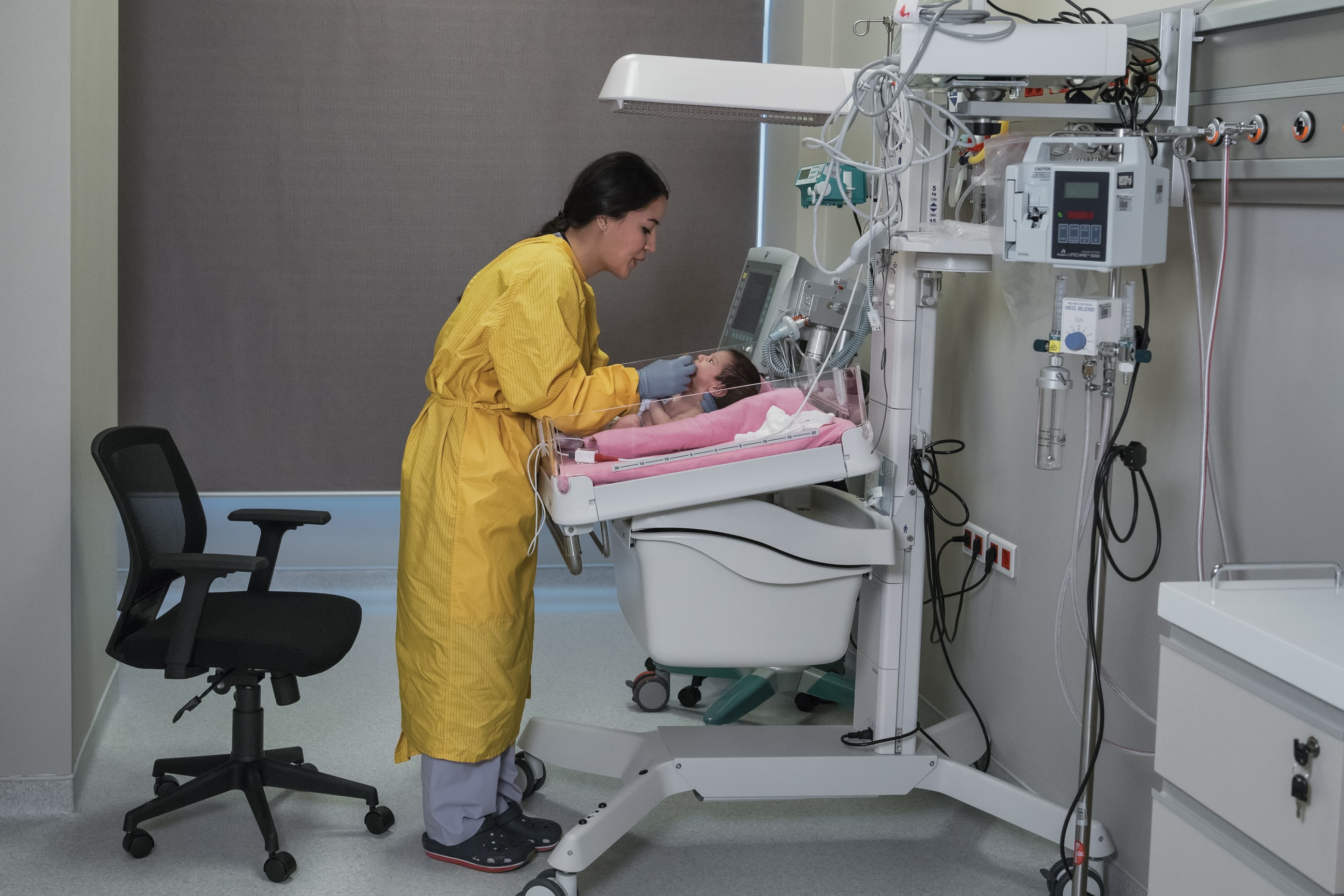


Patients with low blood counts should avoid blood-thinning medications, alcohol, and activities that could lead to injury. Patients can also modify their lifestyle to better manage their disorder and minimize complications. Platelet blood transfusions deliver donated platelets to patients intravenously, replenishing the volume of functioning platelets. For patients with severe platelet disorders (either low platelet count and dysfunctional platelets), blood transfusions may be prescribed. Antifibrinolytic medications such as tranexamic acid may also aid in the promotion of clotting and the prevention of bleeding. To treat the prolonged bleeding caused by thrombocytopenia, doctors frequently prescribe Dempressin, a hormone that promotes blood clotting. If a patient's low platelet count is caused by spleen problems, spleen removal (splenectomy) may be recommended. Treatments for low platelet counts include steroids like Prednisone, that can assist with platelet production. Flow cytometry tests detect abnormalities by evaluating the characteristics of a platelet sample using targeted lasers and lights. Thrombocytopenia can be diagnosed by hematologists using advanced tests on platelet samples. However, although other phototherapeutic modalities may be effective against GVHD, extended UV-B therapy should not be used during early phases of decreased conditioning allogeneic transplantation.If a doctor suspects a patient has a thrombocytopenia, a complete blood count (CBC) or platelet count test helps determine the concentration of platelets in a person's blood at a given time. Different UV-B dose and schedules should be further explored.
OMER KOC UNIVERSITY HOSPITALS OF CLEVELAND SKIN
It is unclear how UV-B at this immunsuppressive dose might have altered skin and systemic cytokine and immune cell compositions in the host and increased GVHD- and treatment-related mortalities. We conclude that extended peritransplant UV-B therapy at the standard minimally erythemogenic dose is detrimental to the outcome of allogeneic stem cell transplantation. Four patients are alive (130-287 days), 3 with extensive chronic GVHD. Four patients died (2 from sepsis, 1 from acute GVHD, and 1 from chronic GVHD). Six had skin involvement, 5 had gastrointestinal involvement, and 1 had liver involvement. Seven of 8 patients developed severe acute GVHD (grade III, n=5 grade IV, n=2). Ireland Cancer Center, University Hospitals of Cleveland, Case Western Reserve University, Cleveland, OH, USA. One patient had secondary engraftment failure at 3 months and another had mixed chimerism at day 100. There was a rapid decrease in epidermal CD1a+ cells by day of transplantation. Two patients received all 14 prescribed UV-B treatments (cumulative doses of 20 mJ/cm2, respectively) and 6 patients received 8 to 13 treatments with a cumulative dose range of 528-3465 mJ/cm2. The conditioning regimen and the UV-B therapy were well tolerated. GVHD prophylaxis included cyclosporine, methylprednisolone, and escalating doses of narrowband UV-B (311 nm) according to skin tolerance, 3 days a week, from 10 days before to 28 days after transplantation. Conditioning regimen was fludarabine 30 mg/m2 intravenously for 5 days, cyclophosphamide 1 g/m2/d intravenously for 2 days, and equine antithymocyte globulin 30 mg/kg/d for 2 days. Allogeneic peripheral blood stem cells were obtained from matched related (n=5) or matched unrelated (n=3) donors. Eight patients (median age, 55.5 years range, 32-65 years) with hematologic malignancies were included. This study tested the feasibility of using UV-B phototherapy that was initiated before grafting and continued until engraftment to determine its effect on transplantation outcome. We hypothesized that whole-body UV-B therapy would improve donor engraftment and decrease the incidence and severity of GVHD that is associated with decreased intensity allogeneic hematopoietic stem cell transplantation. Whole-body UV-B phototherapy has been used for the treatment of graft-versus-host disease (GVHD) of the skin and has systemic immunosuppressive and tolerogenic effects.


 0 kommentar(er)
0 kommentar(er)
